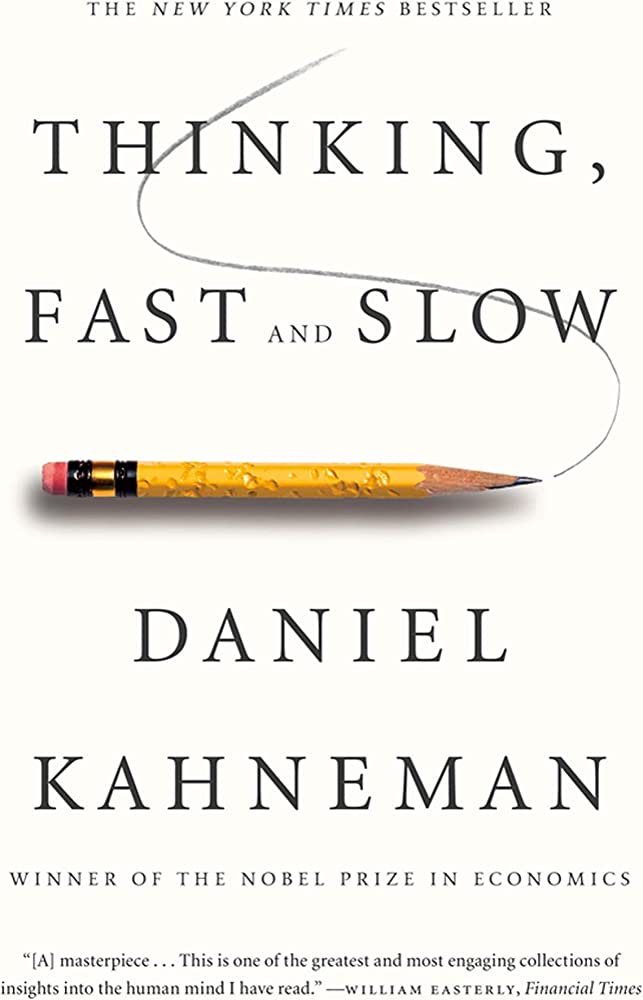The Experience Economy, Updated Edition
RATING


In The Experience Economy, Updated Edition, Pine and Gilmore expand on their original, seminal edition of 1999, which has since been published in 15 languages. This edition provides many updated examples and argues that utilizing the methodology for goods and services is no longer enough to foster economic growth, create jobs and economic prosperity.
The staging of experiences must be pursued as a distinct form of economic output. In both editions, the authors lay out the evolution of “progression of economic value” and how companies need to offer compelling experiences for consumers. The evolutionary stages include commodities, goods, services, experiences and transformations. This evolutionary process results in increased differentiation of your business proposition as well as the ability to charge a price premium, as opposed to becoming another commoditized offering. The authors illustrate how the experience can engage clients on different dimensions, according to absorption vs. immersion and passive vs. active axes, yielding the four realms of entertainment, esthetic, educational and escapist. Ultimately, we can apply this methodology and the author’s combined works to new business models, even in the digital age.
The original edition was revolutionary in its concept and depth, only to be outdone by this new edition which incorporates relevant, new economy examples of its application and expands the importance of the customer experience beyond just goods and services. Since the original edition in 1999, the authors point out and give examples of how the experience thinking they promoted has taken root in 3 notable areas: experiential marketing; the application of experience staging to operations (what many call customer experience management/CEM); and digital experiences, or using the World Wide Web to and other electronic platforms to create new virtual and gaming experiences. In sum, this new edition goes far to validate their original theories and shows how it can be applied further in today’s economy and that of the future. Readers may also refer to Infinite Possibility (Senteo review).
There are limitations or difficulties in applying the methodology in some markets, for example in today’s emerging markets, where large portions of the economy may still be devoted to industrial or even agrarian stages. In the more developed economies, these were more distinct evolutionary stages, whereas in emerging markets the stages can exist in parallel due to the accelerated pace of development or irregularities in the respective economies. Thus, potential customers in emerging economies may be more limited in their offerings and the audience may find the principles more difficult to apply, due to issues such as limitations in availability and varying levels of economic development. However, these situations will still allow application of the methodology, although sometimes incurring varying levels of understanding and reception of the offering on the part of consumers.
In 1999, Joseph Pine and James Gilmore offered this idea to readers as a new way to think about connecting with customers and securing their loyalty. As a result, their book The Experience Economy is now a classic, embraced by readers and companies worldwide and read in more than a dozen languages.
And though the world has changed in many ways since then, the way to a customer’s heart has not. In fact, the idea of staging experiences to leave a memorable—and lucrative—impression is now more relevant than ever. With an ongoing torrent of brands attacking consumers from all sides, how do you make yours stand out?
Welcome to the new Experience Economy. With this fully updated edition of the book, Pine and Gilmore make an even stronger case that experience is the missing link between a company and its potential audience. It offers new rich examples—including the U.S. Army, Heineken Experience, Autostadt, Vinopolis, American Girl Place, and others—to show fresh approaches to scripting and staging compelling experiences, while staying true to the very real economic conditions of the day.
This entire methodology is applicable to any offering, whether a product, service or experience, with direct, measurable results to enhance competitiveness and profitability. It is also a dynamic process, in which the principles are applied on an ongoing business to remain competitive. As an example, using the framework of experiential realms can be very helpful when designing environments for customer interaction (chapter 2). Understanding the mechanics of theming helps to make otherwise boring products more interesting (chapter 3). Additionally, understanding how to eliminate sacrifice from customer interactions can be beneficial in creating mutually fulfilling relationships with customers (chapter 5).

The authors of The Experience Economy provide a well-structured and sound theoretical understanding of the customer experience and its importance in today’s economy. Their framework for understanding also provides a framework which is directly applicable in development, justification and implementation planning.
See content on this topic

Sales training for front line along with basic development and coaching principles for line management.
Understanding branding and communications from the standpoint of emotional engagement and building relevant and meaningful dialogue with customers.
This course covers a complete view of customer touch points (both physical and virtual) and a unique model for standardizing and managing customer contact models across channels including approaches for customer feedback, quality management, and migration.
Understand how the innovation process changes moving from functionality and channel design to a process focused on creating value for customers.
Experiential Branding & Communications – Improving Brand Integration Through Emotional Engagement.
This course covers a complete view of customer touch points (both physical and virtual) and a unique model for standardizing and managing customer contact models across channels.
Understand the value of a customer-oriented analytics package and how behavioral scenarios can be used to improve profitability through influencing behavior and usage.
To understand the principles of game dynamics and learn how to effectively use the elements of gamification in business: to involve customers, employees and contractors in the process.
Understanding branding and communications from the standpoint of emotional engagement and building relevant and meaningful dialogue with customers.
This course covers a complete view of customer touch points (both physical and virtual) and a unique model for standardizing and managing customer contact models across channels including approaches for customer feedback, quality management, and migration.
Experiential Branding & Communications – Improving Brand Integration Through Emotional Engagement.
This course covers a complete view of customer touch points (both physical and virtual) and a unique model for standardizing and managing customer contact models across channels.




 Copy Link
Copy Link
 E-mail
E-mail
 LinkedIn
LinkedIn
 Facebook
Facebook
 Telegram
Telegram
 WhatsApp
WhatsApp
















 Go Back
Go Back
Leave a Reply
You must be logged in to post a comment.